Two moving particles P and Q are 10cm apart at any instant. Velocity of P is 8m/s at 30∘, from line joining the P and Q and velocity of Q is 6m/s at 30∘. Calculate the angular velocity of P w.r.t. Q
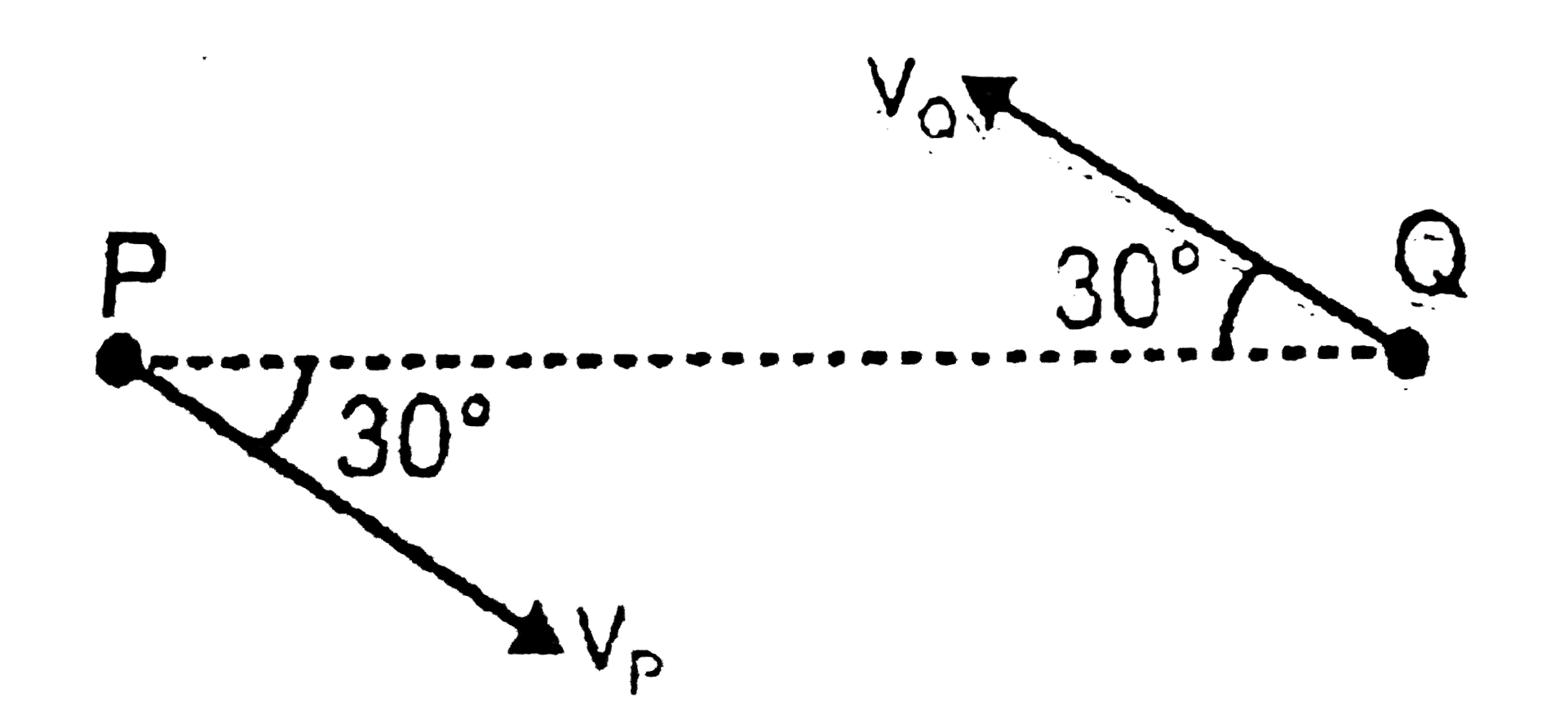
XP/Q=(8sin30∘)−−6sin30∘10=0.7 rad/s
Topper's Solved these Questions
- BOOK - VMC MODULES ENGLISHCHAPTER - Motion in Straight Line EXERCISE - SOLVED EXAMPLES20videos
Motion in Straight Line
- BOOK - VMC MODULES ENGLISHCHAPTER - Motion in Straight Line EXERCISE - PRACTICE EXERCISE80videos
Motion in Straight Line
- BOOK - VMC MODULES ENGLISHCHAPTER - MOTION IN A STRAIGHT LINE & PLANE EXERCISE - IMPECCABLE52videos
MOTION IN A STRAIGHT LINE & PLANE
- BOOK - VMC MODULES ENGLISHCHAPTER - Motion in Two DimensionsEXERCISE - MCQ2videos
Motion in Two Dimensions
Similar Questions
Two particles P and Q are moving as shown in the figure. At this moment of time the angular speed of P w.r.t. Q is
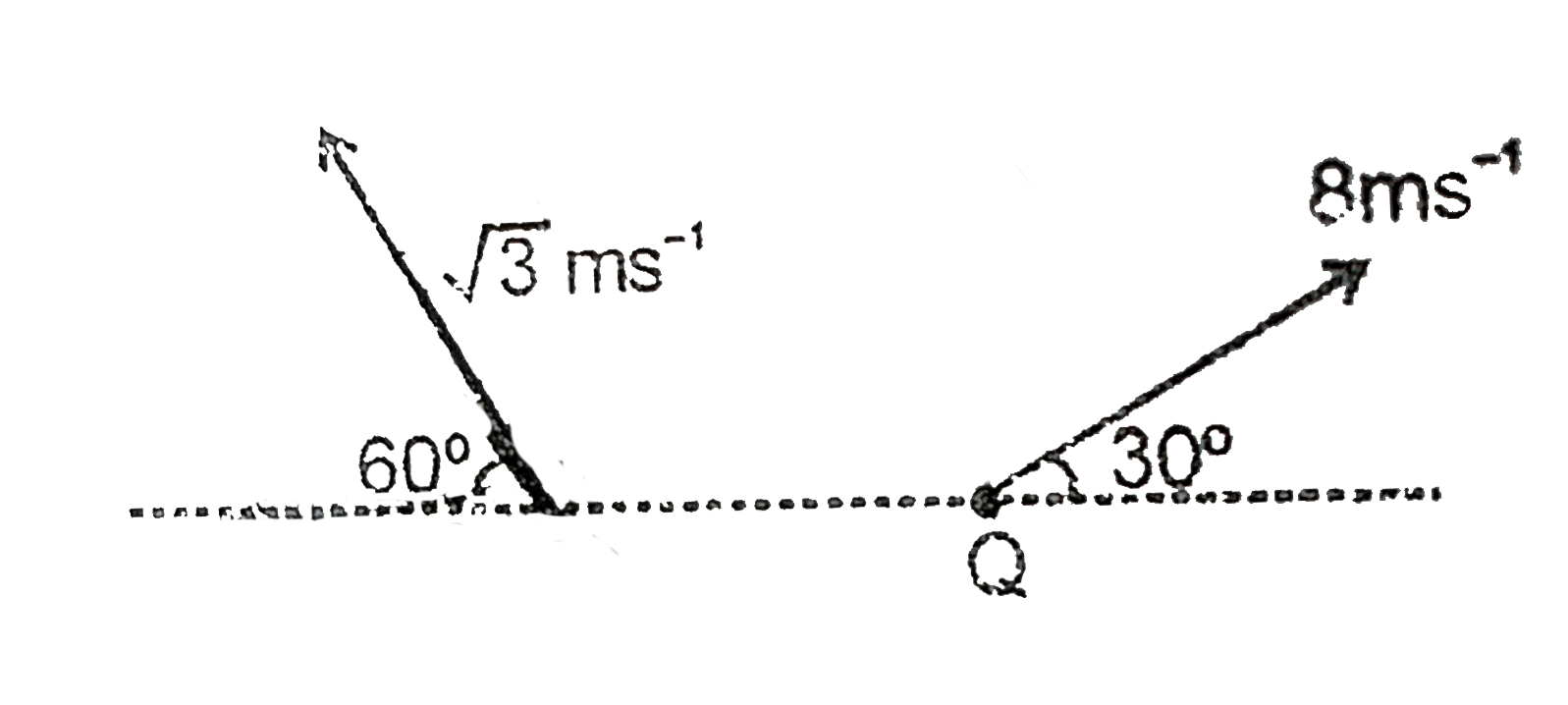 View Solution
View SolutionTwo particles P and Q are projected simultaneously away from each other from a point A as shown in figure. The velocity of P relative to Q in ms−1 at the instant when the motion of P is horizontal is
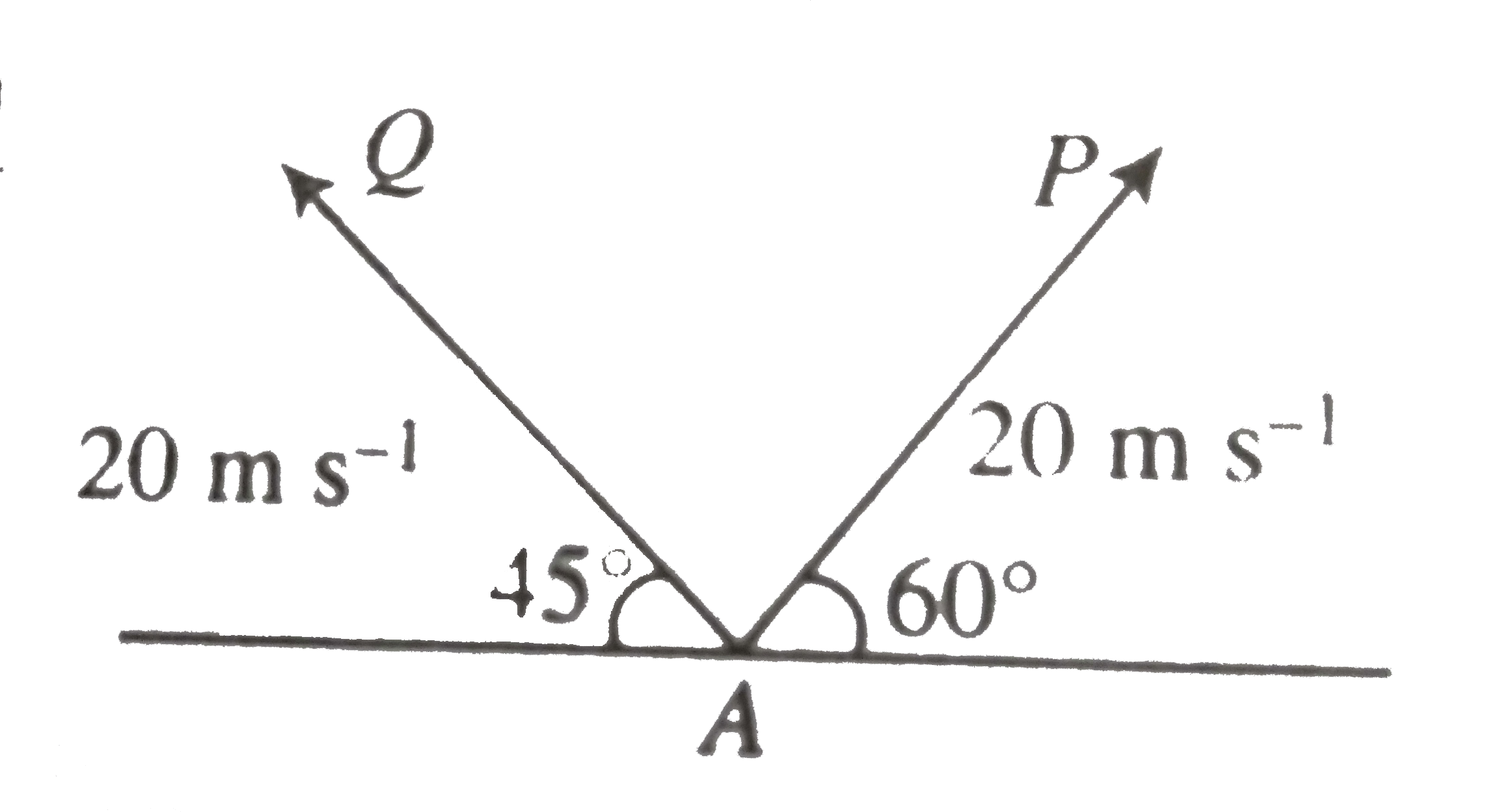 View Solution
View SolutionTwo particles P and Q are moving on circle. At a certain instant of time both the particles and diametrically opposite and P has tangential acceleration 8m/s2 and centripetal acceleration 5m/s2 whereas Q has only e centripetal acceleration of1m/s2. At that instant acceleration (inm/s2) of P with respect to Q is
View SolutionThe displacement-time graphs of two particles P and Q are as shown in the figure. The ratio of their velocities VP and VQ will be
 View Solution
View SolutionA particle is moving in a circle of radius r with speed v as shown in the figure. The magnitude of change in velocity in moving from P to Q is
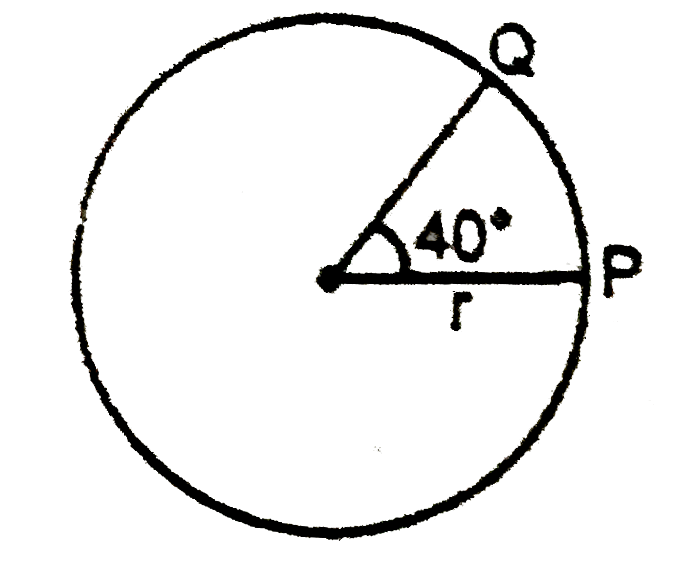 View Solution
View SolutionA particle is moving in a circle of radius r with speed v as shown in the figure. The magnitude of change in velocity in moving from P to Q is
 View Solution
View SolutionTwo particles P and Q simultaneously start moving from point A with velocities 15m/s and 20m/s respectively. The two particles move with acceleration equal in magnitude but opposite in direction. When P overtakes Q at point B then its velocity is 30m/s, the velocity of Q at point B will be
View SolutionA particle P is projected with speed 20m/s at angle 37∘ from horizontal as shown in figure, At the some instant Q starts from same point and moves with uniform acceleration towards right. Path of the particle P w.r.t. Q is straight line Acceleration of Q is :
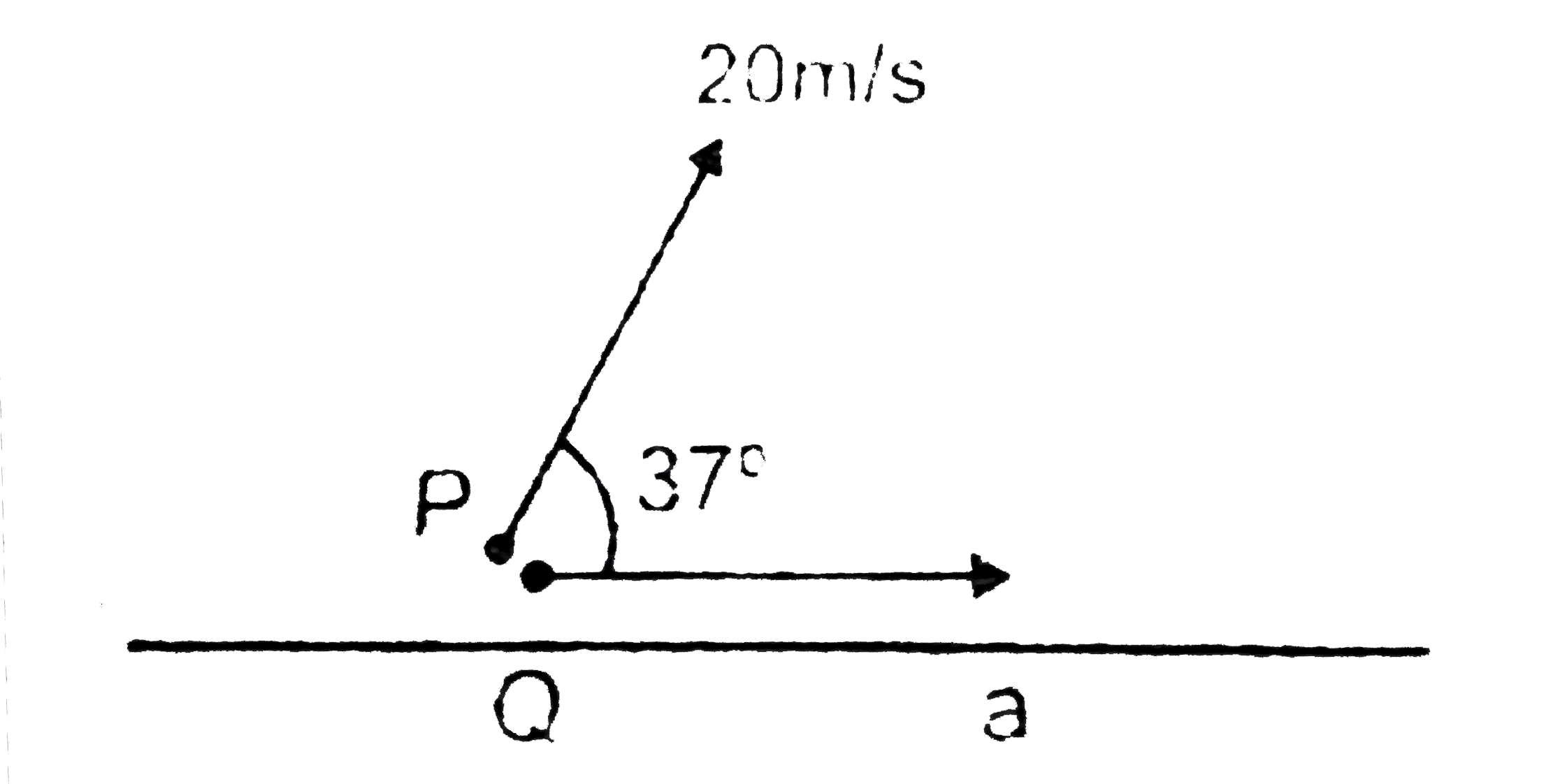 .View Solution
.View SolutionA particle slides with a speed of 3ms−1 at P. When it reaches Q,it acquires a speed of 4ms−1 after describing an angle of 60∘ at O as shown in figure .Find the changes in the velocity of the particle between P and Q. Assume that the path followed by the particle is circular from P to Q
 View Solution
View SolutionA two particles P and Q are separated by distance d apart. P and Q move with velocity v and u making an angle 60∘ and θ with line PQ the graph between their relative separation (8) when time t is shown in figure (2). The velocity v in terms of u
 View Solution
View Solution

